The traditional mixer is designed to rapidly mix ingredients at high speed such that the variety of ingredients blends to form a homogeneous mixture. While rapid mixing and crashing materials together work for some substances, the method is appropriate for certain ingredients but can be damaging to other ingredients that require a more gentle and slower method. Read More…
As a world leader in industrial mixer manufacturing, KADY International offers high-performance industrial mixing machinery including top and bottom entry batch mixers, high shear mixers and chemical mixers.
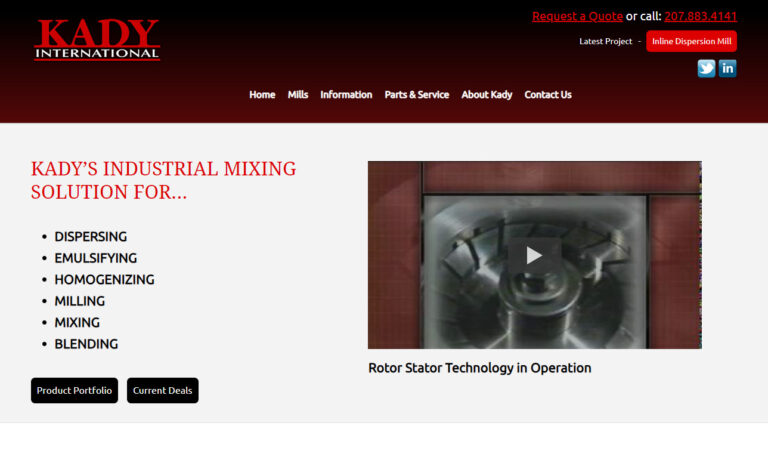
Frain Industries is the world’s largest provider of high quality processing machinery! We offer a wide variety of mixers based on the product and volume our customers require.
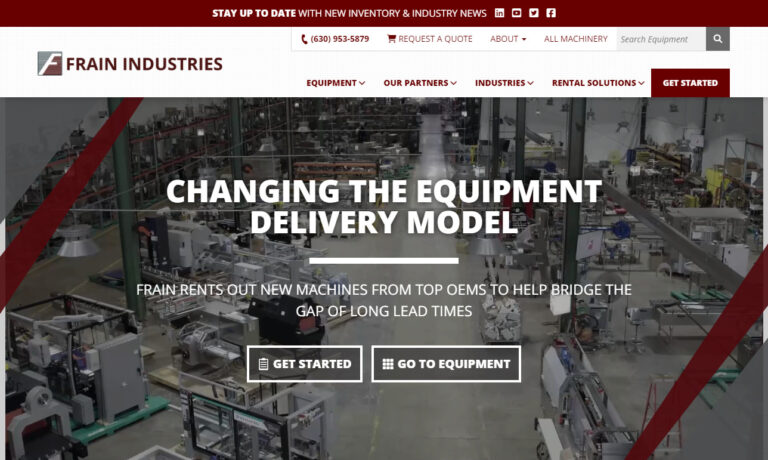
Ross is a manufacturer of industrial mixing, blending and dispersion equipment since 1842. We offer sanitary, standard and custom equipment designed to meet the varied mixing requirements of our customers from virtually all the process industries. Our plants in the United States, China and India are all fully equipped with advanced engineering and production tools. In the US alone, we operate ...
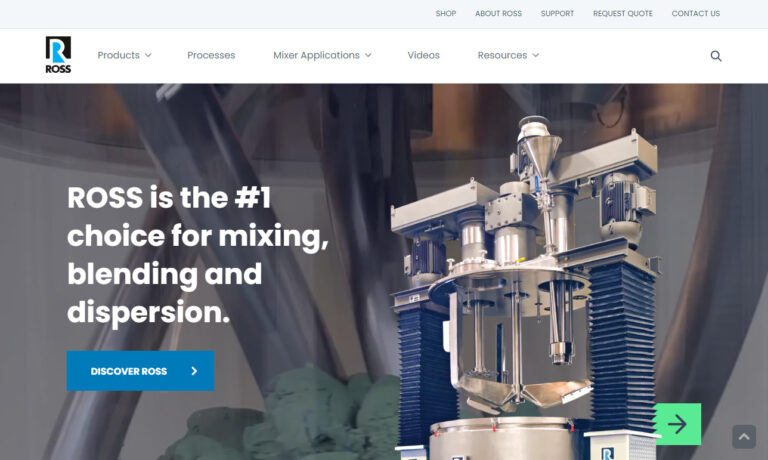
Admix, Inc. manufactures stainless steel mixing technologies & assists with tough mixing issues for a variety of markets. Choose from products such as basic mixers, Rotomaxx™ high torque mixers, BenchMix™ programmable lab mixers and more.
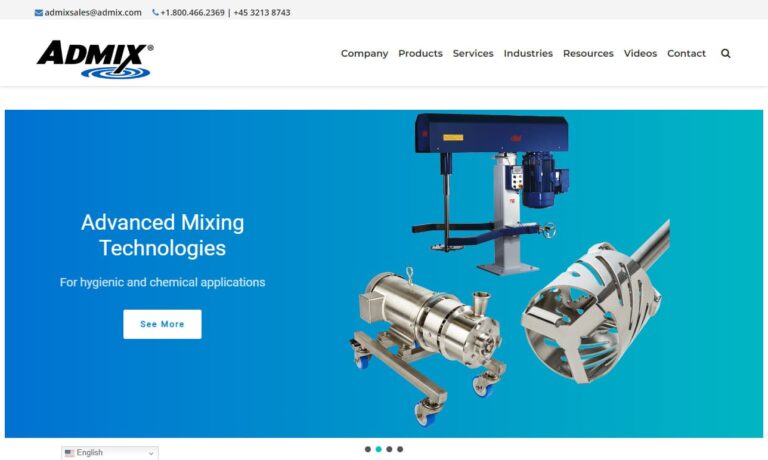
PerMix has been manufacturing mixing and blending equipment since 1954 for the pharmaceutical, nutraceutical, cosmeceutical, food, and chemical industry. PerMix leads the industry in innovative, performance driven, Value Added Engineering mixing solutions of all types for all industries. With over 28 types of mixers, we lead the industry in mixing solutions when it comes to mixing powders,...
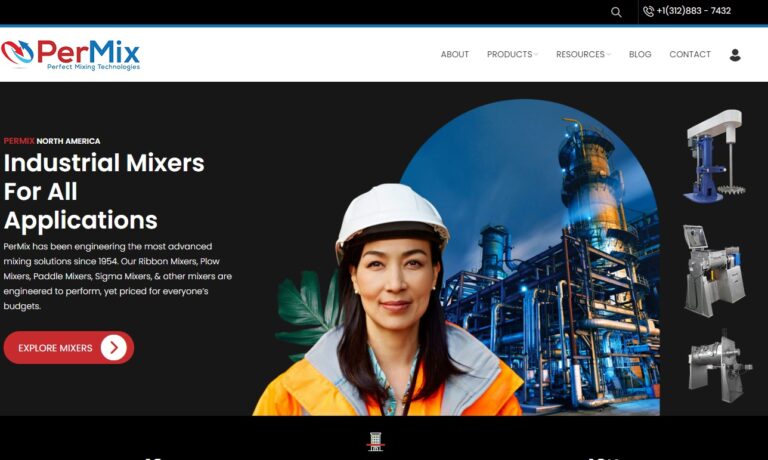
At Akona Process Solutions, we dedicate ourselves to designing and building mixers that deliver consistent performance and long-lasting value. We understand that reliable mixing technology is the foundation of countless operations, so we engineer our mixers with precision, durability, and adaptability in mind.

Our high-performance mixers ensure efficient and consistent material blending across a wide range of industries. Designed to handle everything from fine powders to coarse aggregates, with or without liquid addition, they deliver uniformity and precision in every batch. With innovative engineering, optimized flow patterns, and reduced energy consumption, they enhance productivity while minimizing...

Are you searching for industrial mixers? Your search is done and we supply the best quality industrial mixers on the market. We take pride in our manufacturing but also in our customer service. We are more than just a supplier; we desire a long lasting business relationship which results in years of customer satisfaction. Your experience is important to us. For all of your mixing needs visit our...

At ARDE Barinco, our goal is to help our clients mix, disperse, deagglomerate, grind and compound their high quality products in the shortest amount of time with the lowest operating and capital cost. Complete, up to date pricing for all standard mixers and spare parts is shown on our website.
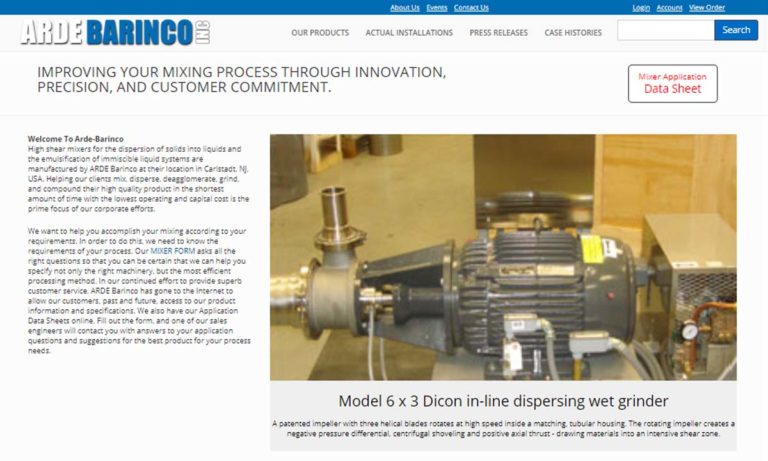
More Ribbon Mixer Manufacturers
Ribbon mixers, with their helical ribbon blades, are the solution and provide the perfect method for mixing slurries, powders, granular materials, and damp materials.
The ribbon mixing process slowly moves ingredients back and forth, up and down using the helical ribbons. It is a non-aggressive process that thoroughly and efficiently takes separate ingredients and blends them into a homogeneous mixture. The structure of ribbon mixers includes a shaft with helical ribbons attached using spokes, all of which are contained in a trough where the ingredients are mixed and blended.
Types of Ribbon Mixers
Each of the different types of ribbon mixers is designed to mix a particular set of ingredients. The simplest form of ribbon mixer has a single ribbon blade while more complex ribbon mixers have several ribbons and attachments for more demanding mixing. Ribbon mixer manufacturers assist their customers in choosing the correct mixer for an application. In addition, ribbon mixers come in an assortment of sizes with small trough single ribbon mixers used for mixing low volumes of ingredients while larger and more robust ribbon mixers are capable of mixing high volumes of multiple ingredients.
Single Ribbon Mixers
Single ribbon mixers are the simplest form of ribbon mixer and are the least complex. They have a single shaft with a single ribbon and are used for materials that require little mixing in order to produce a homogeneous mixture. The main types of materials mixed in a single-shaft ribbon mixer are coarse materials that blend easily, have large pieces, and can be mixed with a low-intensity mixing process. A common form of single ribbon mixer is a vertical ribbon mixer that has a conical shape and a conical ribbon that moves ingredients up and lets them fall as a part of the blending process.
Double Ribbon Mixer
Double ribbon mixers are the most common form of ribbon mixer. They have two ribbons that are connected to the single shaft using spokes. The two types of ribbons are designed to create different movements. The principle of double ribbon mixers is to move ingredients in opposite directions with each ribbon having been shaped to be single-directional. Double ribbon mixers come in a wide variety of sizes with some types being very small and capable of mixing a few pounds of ingredients up to ones that have a high capacity and can mix hundreds of pounds of ingredients.
The two ribbons of a double ribbon mixer move ingredients back and forth in the trough. The inner ribbon moves ingredients to the ends of the trough while the outer ribbon moves the ingredients back to the center. The back-and-forth motion blends the ingredients to form a uniform homogeneous mixture. Once the process is completed, the mixture is discharged from the trough through an opening that can be at the farthest end of the trough or at the bottom center.
Double ribbon blenders are highly efficient and can complete the mixing process quickly. The length of time varies in accordance with the amount of ingredients to be mixed. In most instances, the differences in mixing times are between five and twenty minutes.
Triple Ribbon Mixers
An unusual and uncommon form of ribbon mixer are triple ribbon mixers that have three ribbons. The structure of triple ribbon mixers is very different from the other forms of ribbon mixers. Triple ribbon mixers have three single shafts with one shaft placed in the middle of the trough in a position that is similar to a single ribbon mixer with two other shafts that are positioned on either side of the central ribbon. The configuration of ribbons in a triple ribbon mixer allows for highly intense and rapid mixing that is far more efficient than any other form of ribbon mixer.
The one caveat regarding triple ribbon mixers is the types of materials that can be mixed since the process is so aggressive. The main reason for the implementation of ribbon mixers was to provide a mixing process that is designed for the gentle mixing of materials that do not mix well, such as granules and powders. The aggressiveness of triple ribbon mixers limits the types of powders, slurries, and granules the process can mix.
Paddle Ribbon Mixers
In an effort to make the ribbon mixing process more efficient, engineers added flat pieces of metal in between the ribbons to enhance the mixing process. The positioning of the metal pieces varies with some being parallel to the ribbons while others are perpendicular to the shaft. The design of paddle ribbon mixers combines the tumbling action of the paddles with the rolling pattern of the ribbons, which creates a double reversing effect.
The design of paddle ribbon mixers retains the gentle motion of traditional ribbon mixers but has added motion to add a new dimension to the mixing process. The agitators of paddle ribbon mixers are referred to as hybrid since they are different from the established ribbon mixer ribbons. The purpose of paddle ribbon mixers is to blend and mix ingredients that contain shortening, lumps, or soft agglomerates.
Vertical Ribbon Mixers
One of the most widely used forms of ribbon mixers is vertical ribbon mixers which have a simple design that is comparable to single ribbon mixers. The cone shape and vertical position of vertical ribbon mixers differentiate them from horizontal single ribbon mixers. Vertical ribbon mixers have a single mixing ribbon that has the same cone shape as the exterior of the mixer. Ingredients are placed in the mixer from the top where the direct drive unit is located.
The mixing process, like that of other ribbon mixers, is very gentle. The ingredients, after being poured into the bottom of the mixer, are moved by the ribbon along the sides of the mixer to the top of the mixer below the lid. As the volume of ingredients increases at the top, the ingredients fall via gravity back to the bottom of the mixer. The process continues multiple times until the ingredients are thoroughly mixed.
Vertical ribbon mixers have a low capacity, which makes them ideal for small mixing operations. They are very efficient and complete the mixing process in a short amount of time. Vertical ribbon mixers are highly durable, long-lasting, and capable of mixing a wide range of ingredients.
Conclusion
Ribbon mixer manufacturers have a wide selection of mixers with variations of the ribbon mixers described here. In many cases, manufacturers make adjustments to ribbon mixers that improve the mixing process and make it more efficient. The key to choosing a ribbon mixer is consulting with a mixing expert who can determine the type of ribbon mixer for an application.





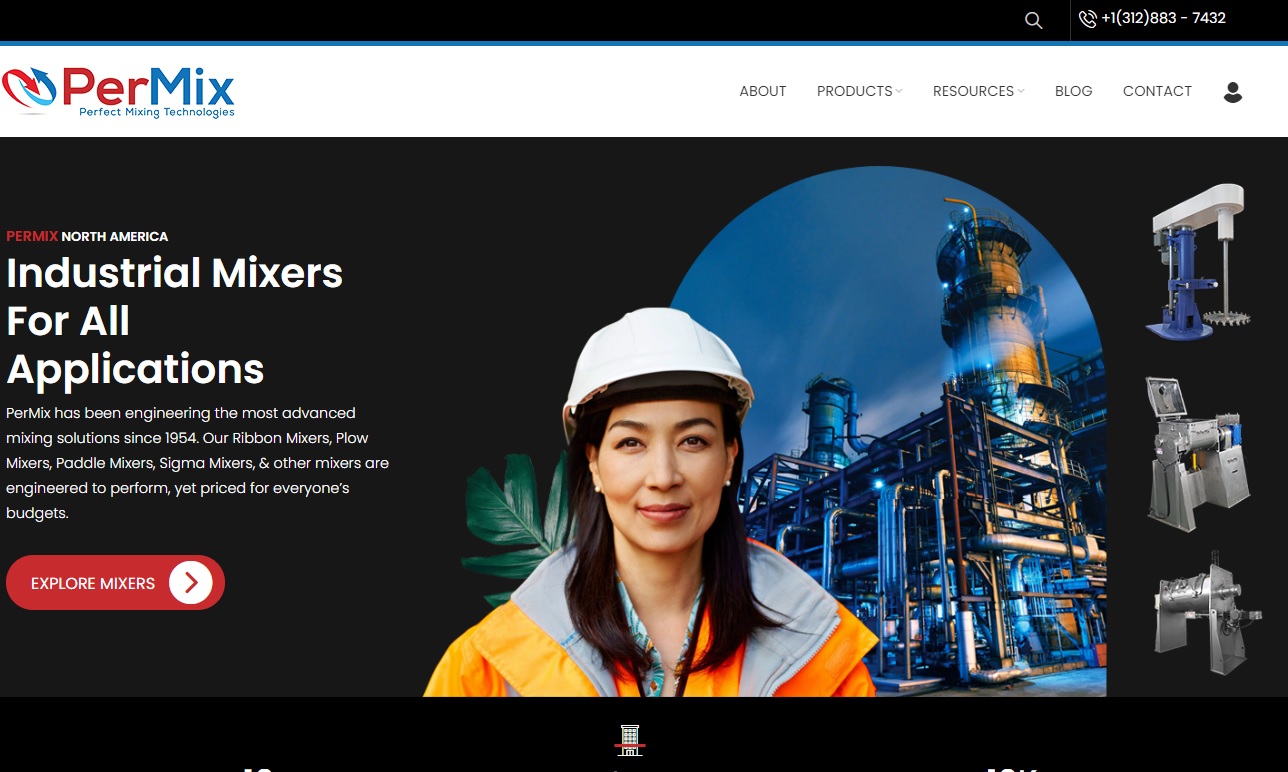
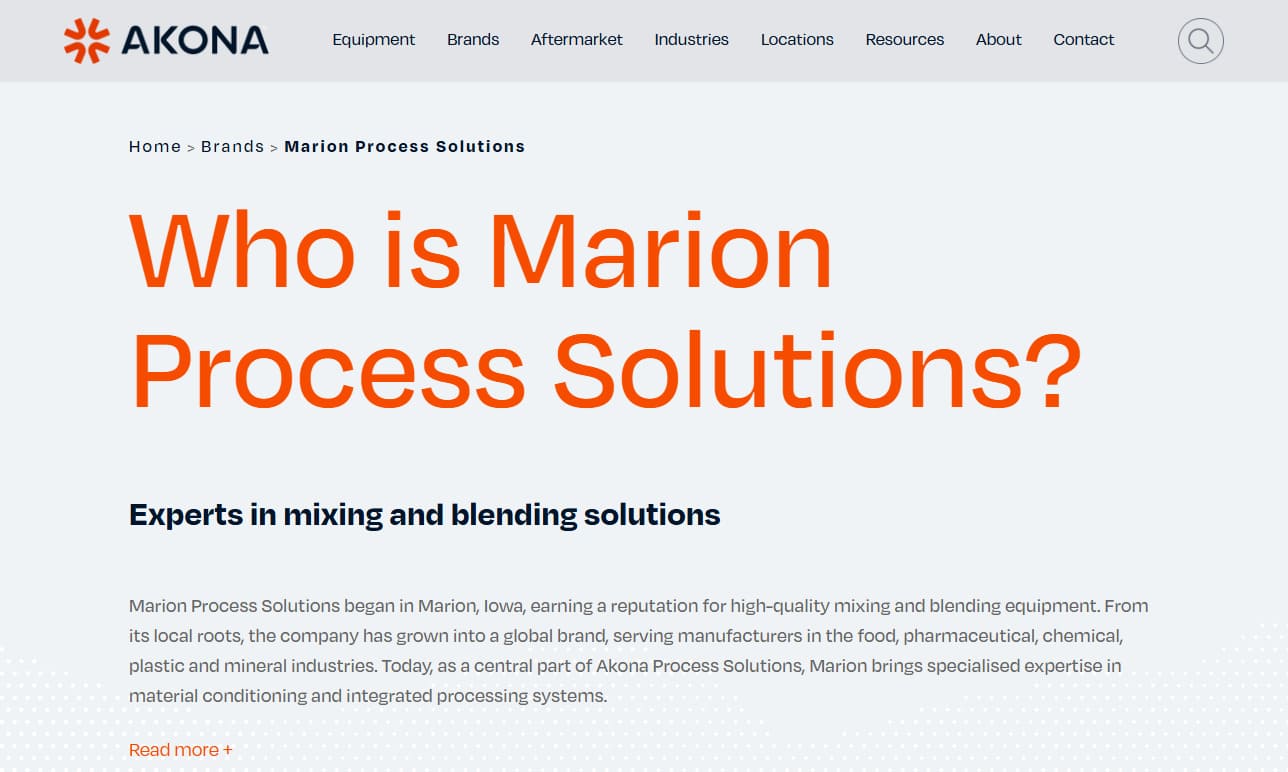
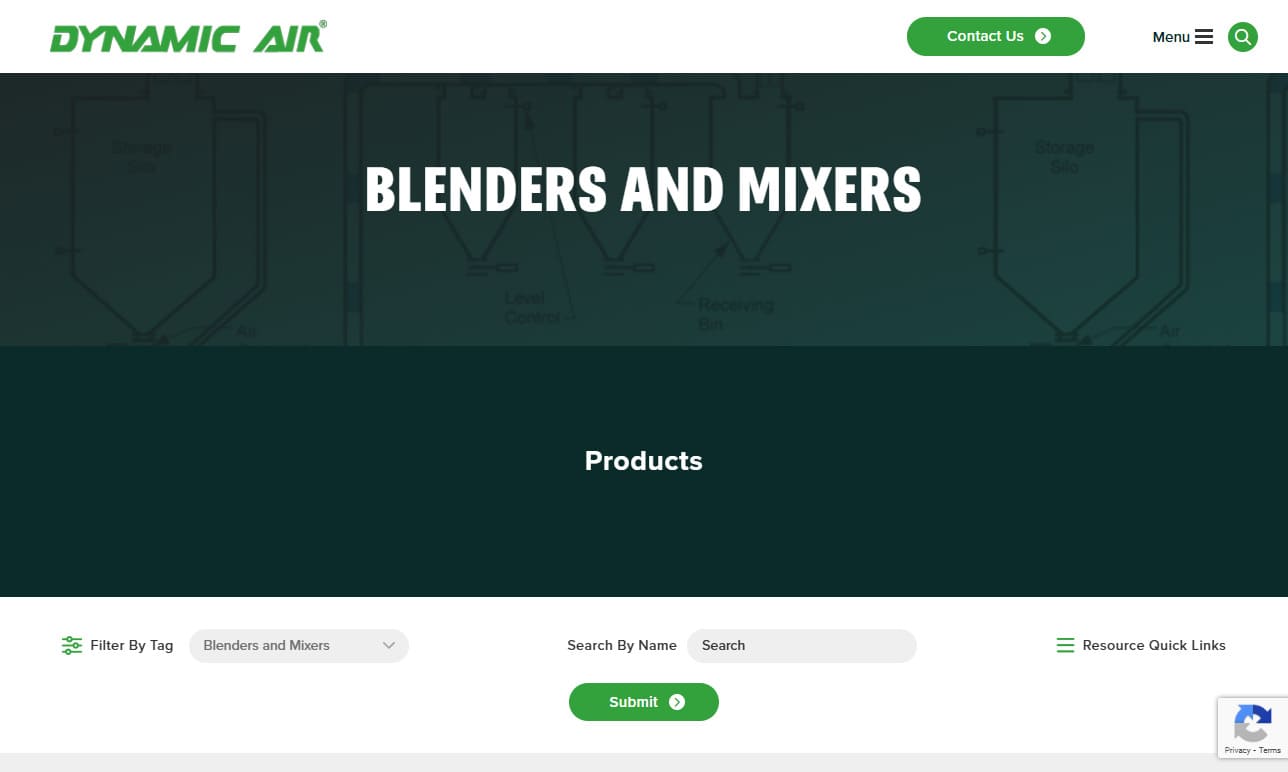


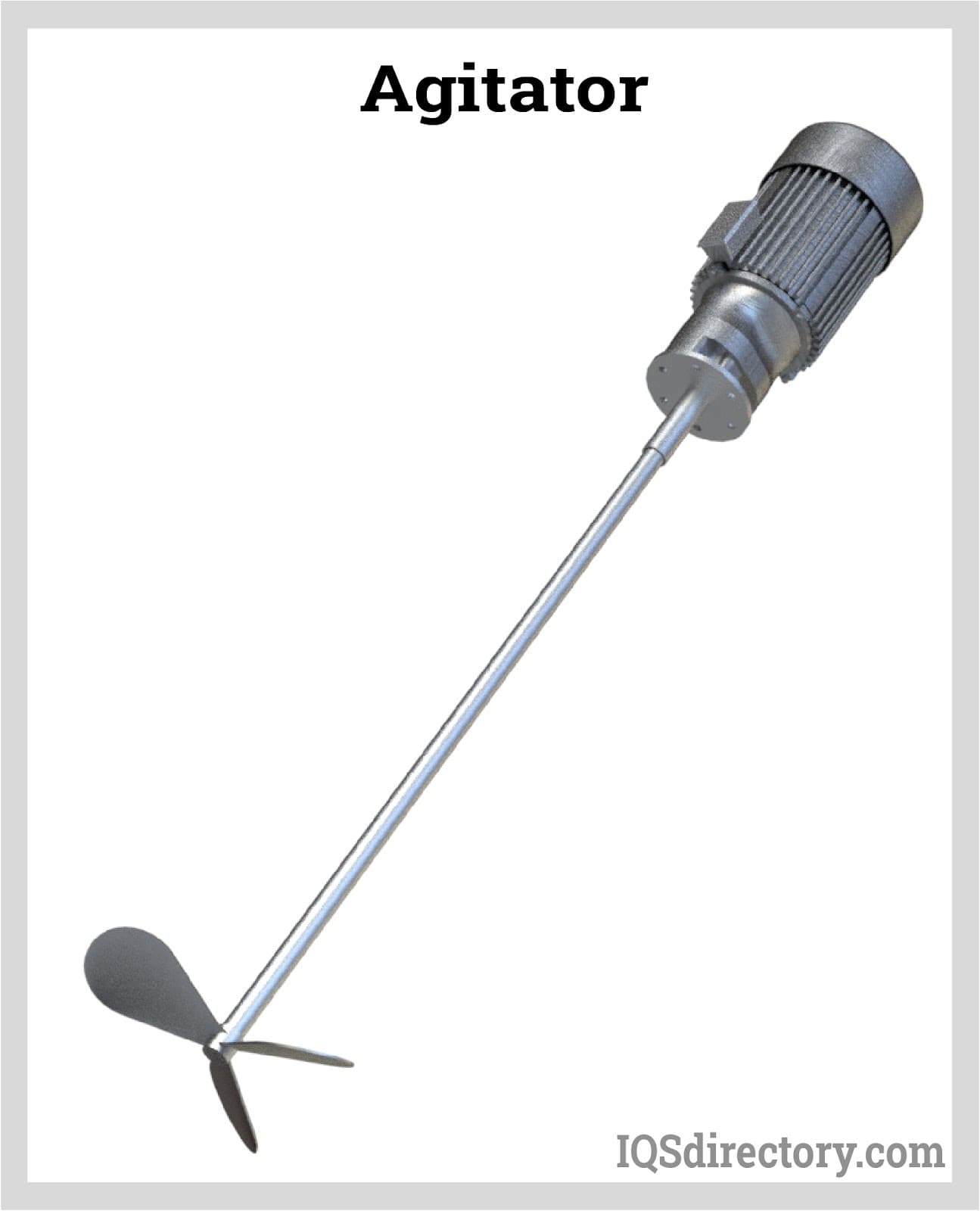
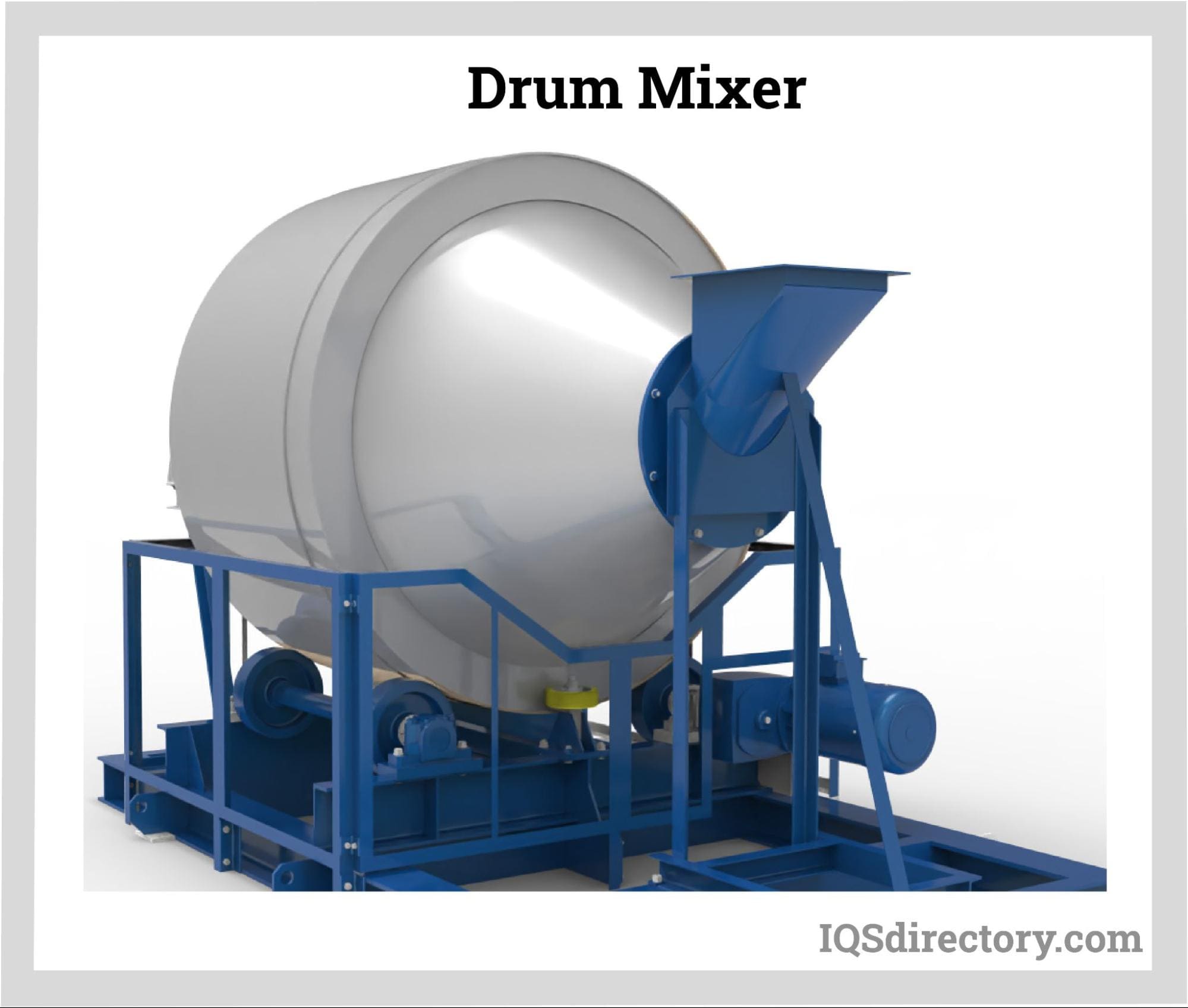
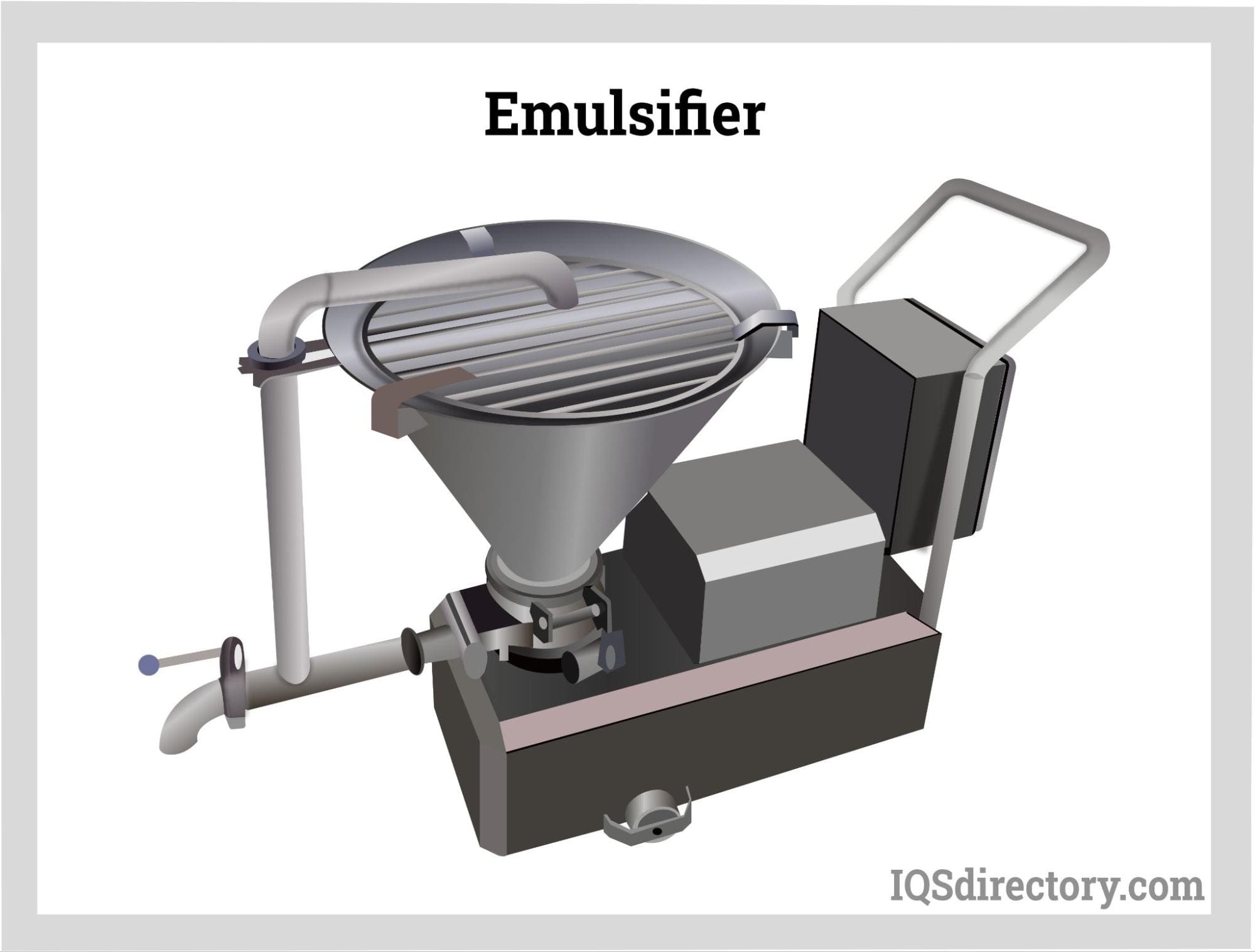
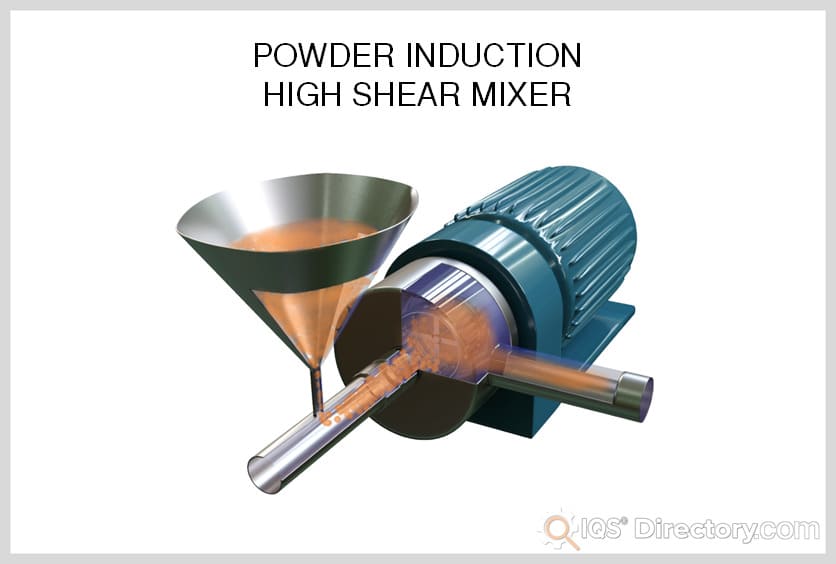
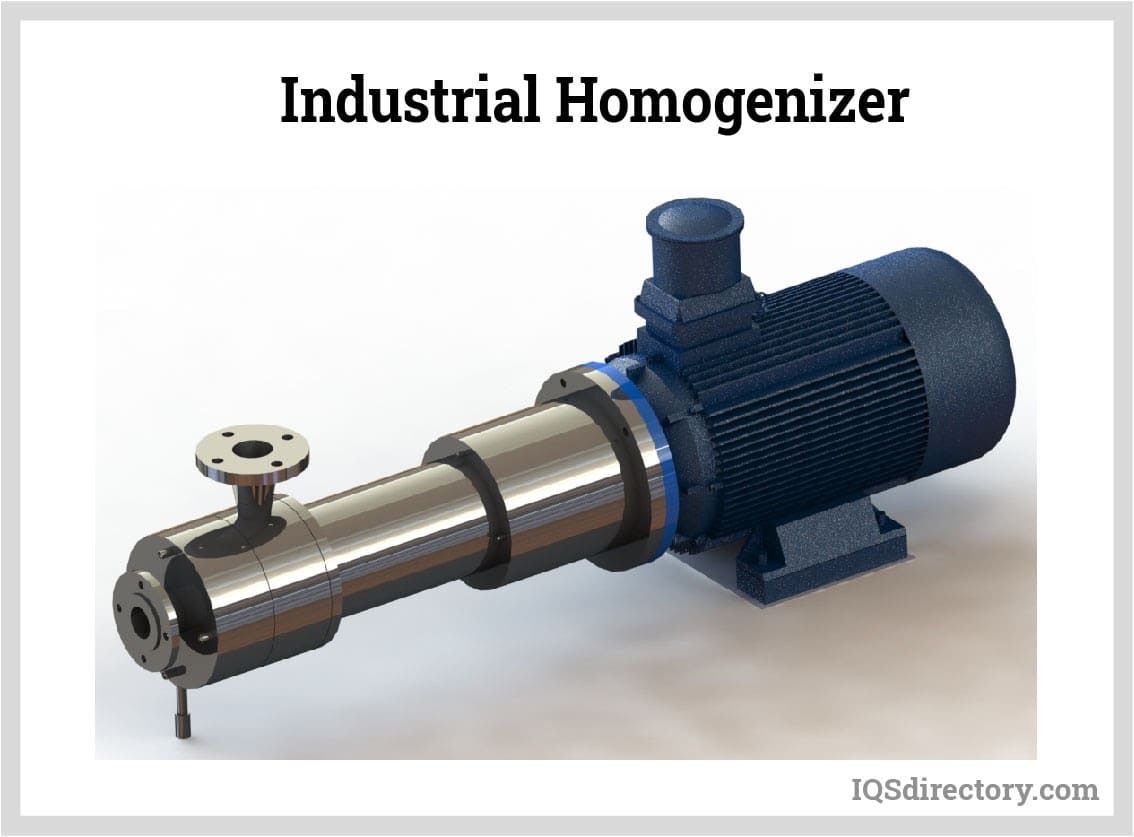
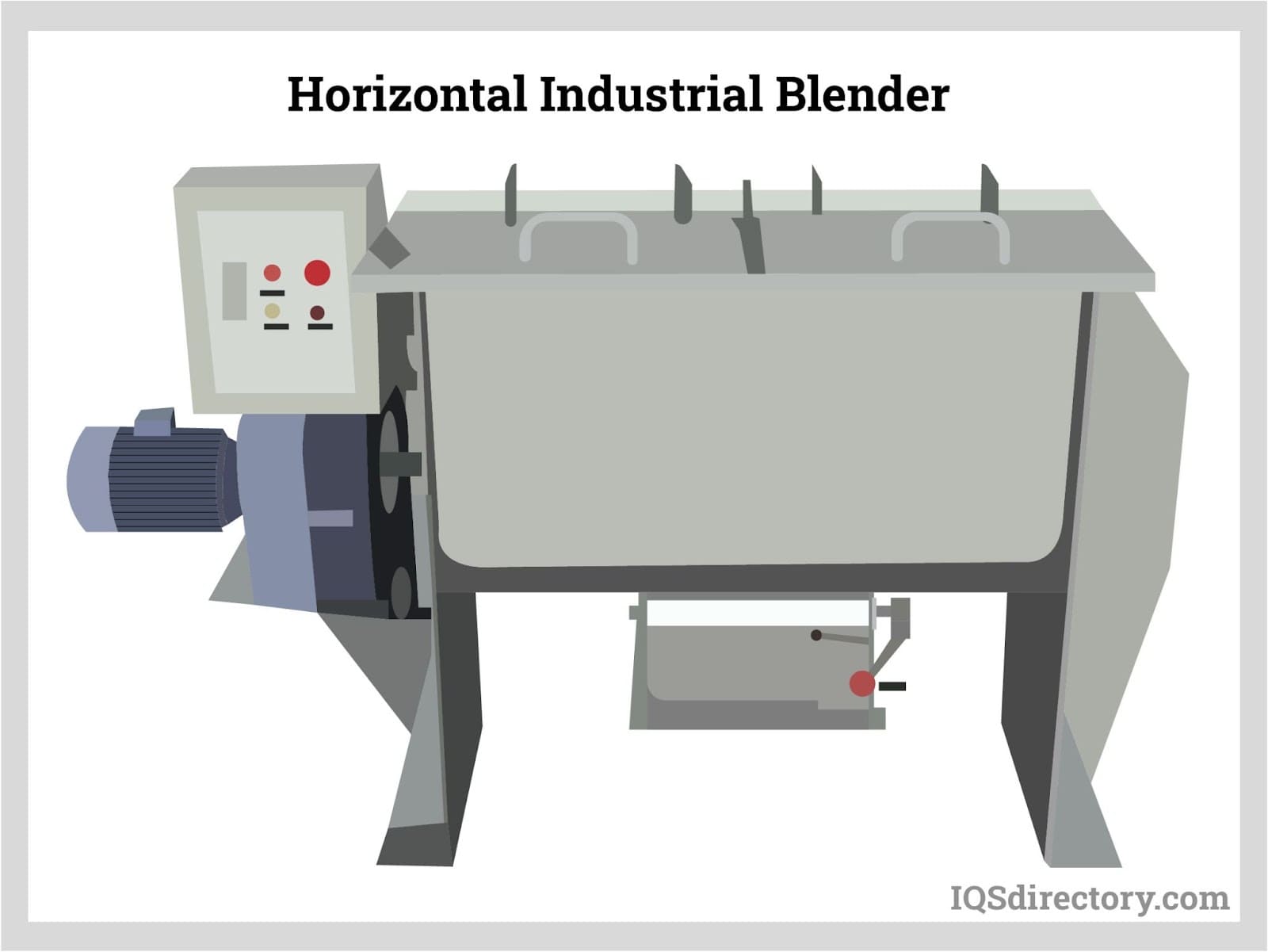
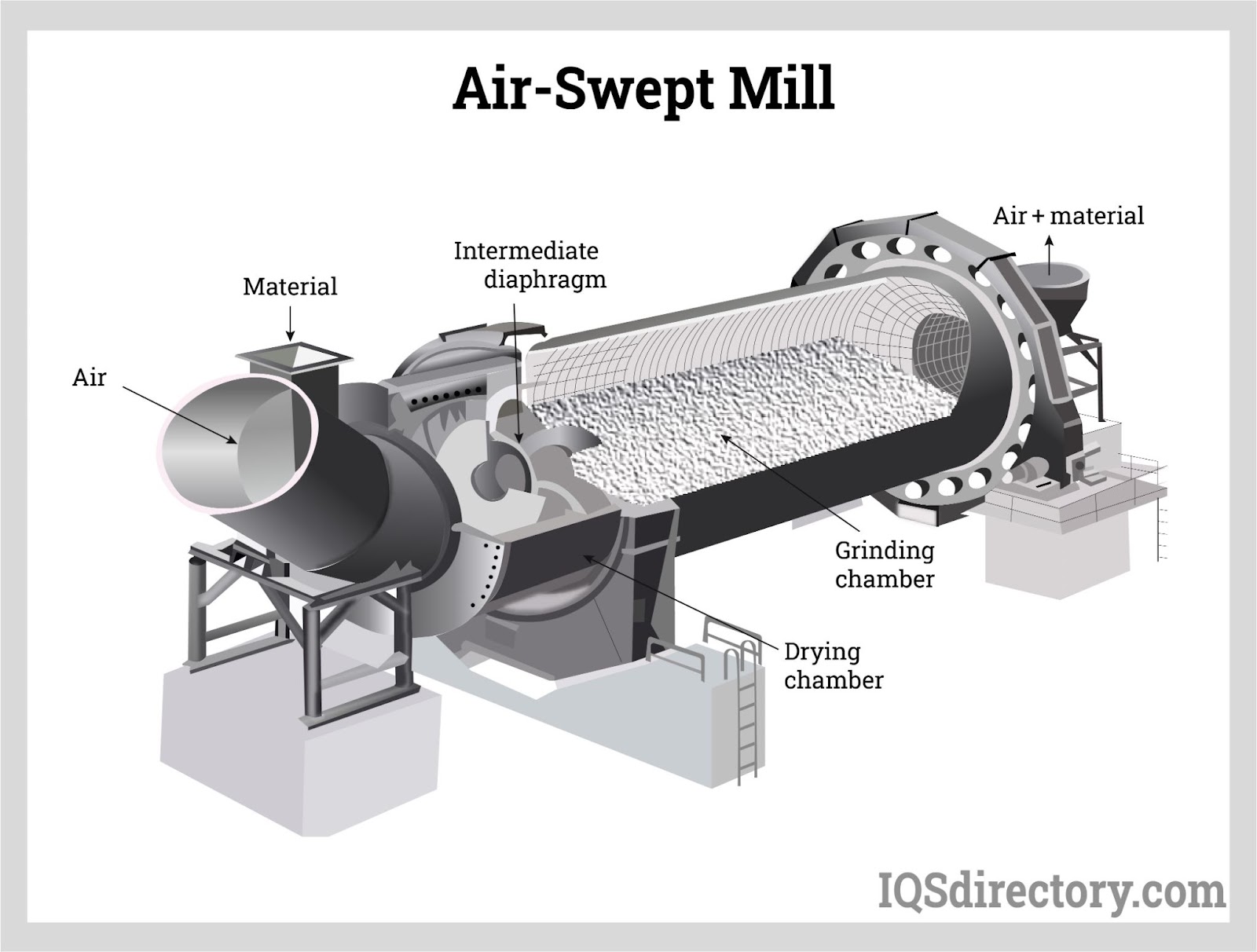
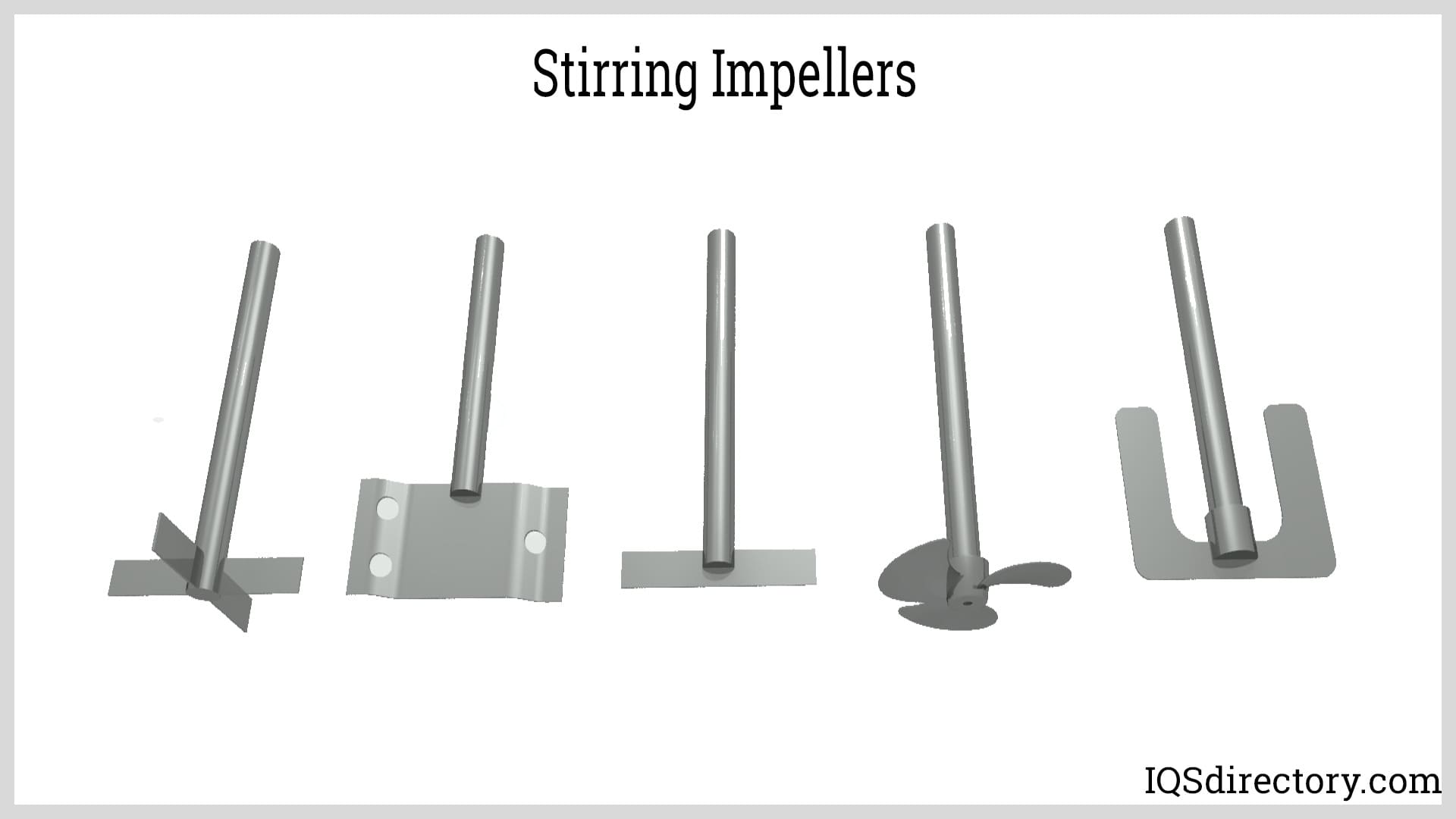
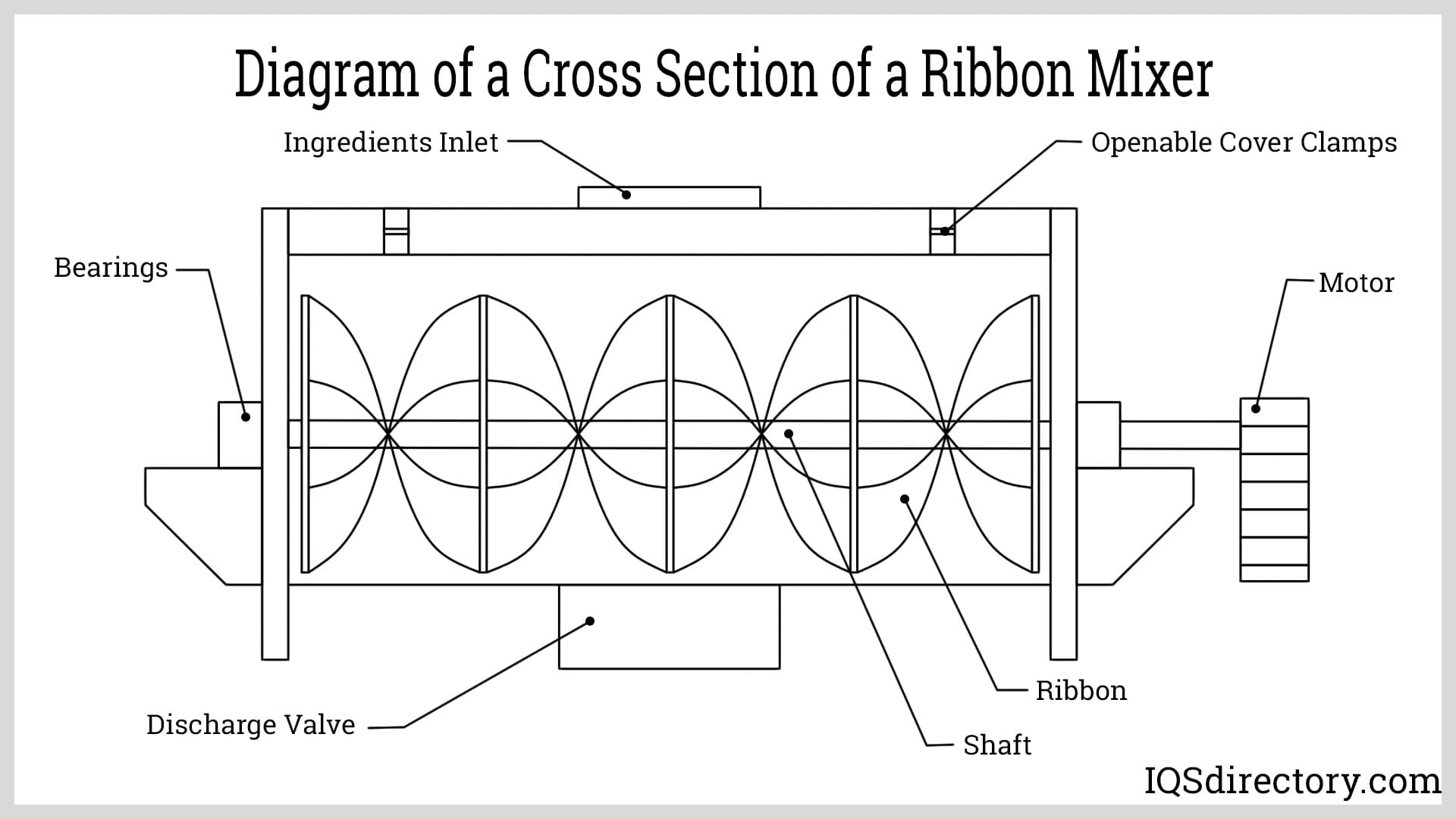
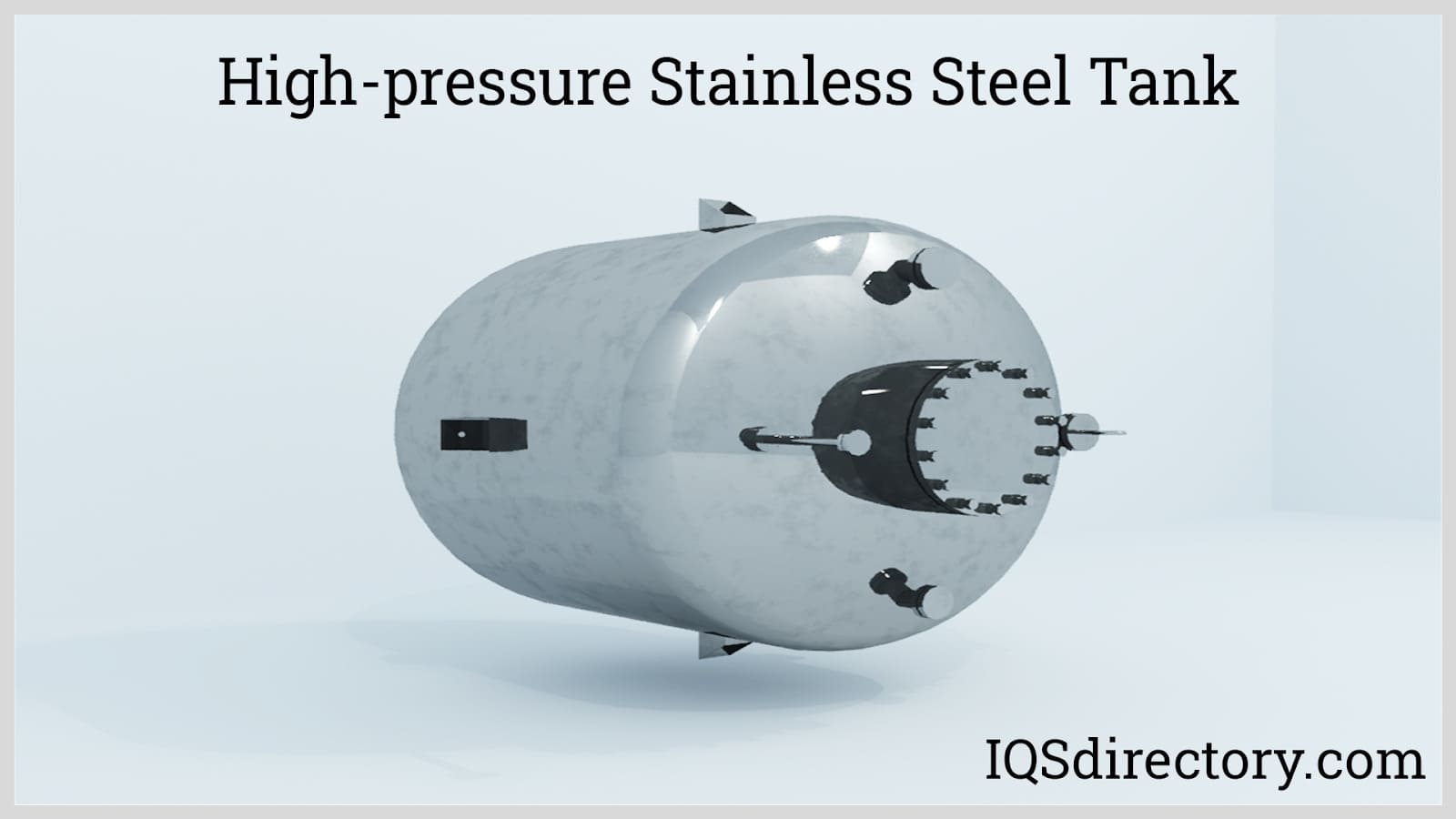
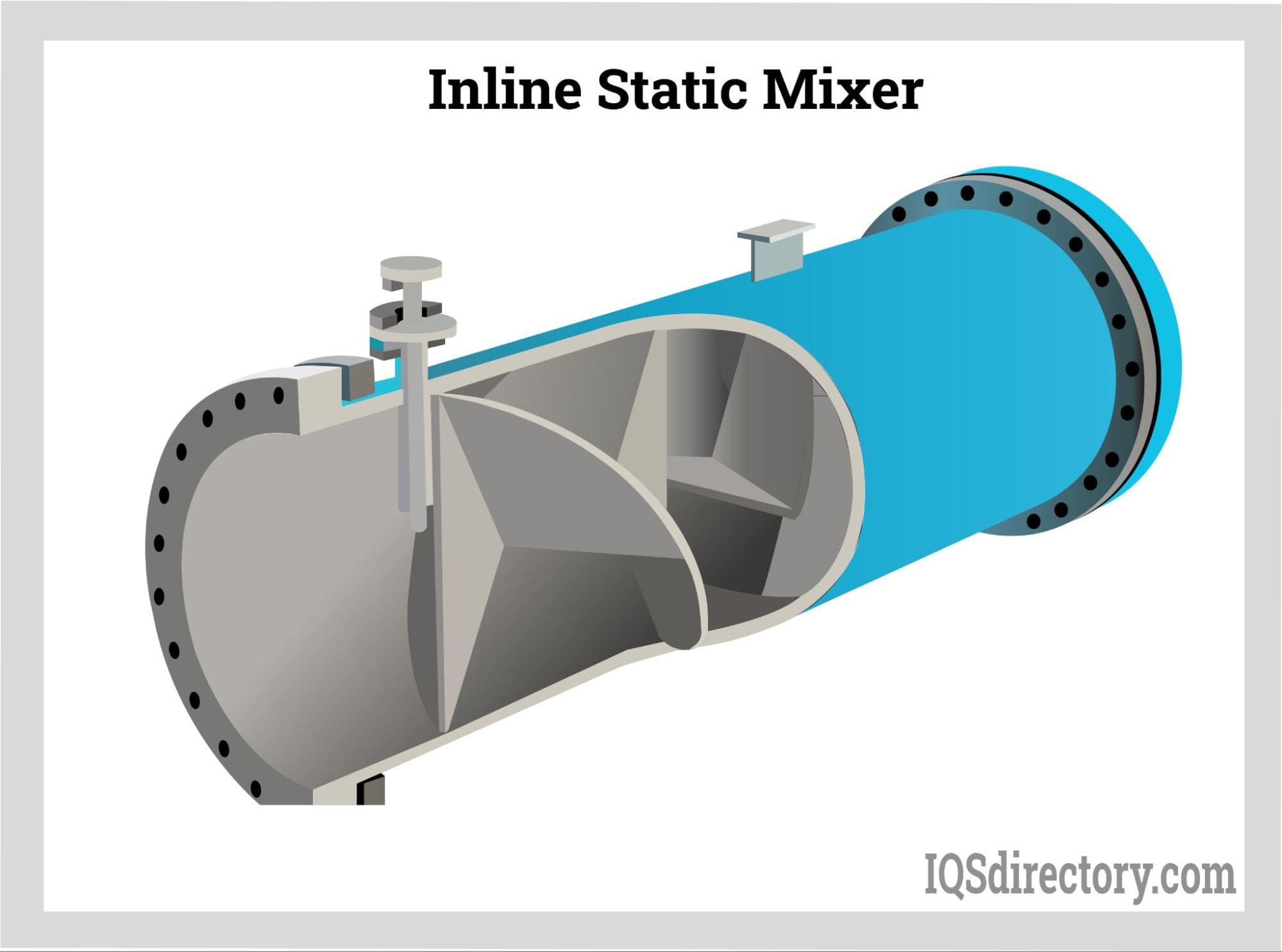
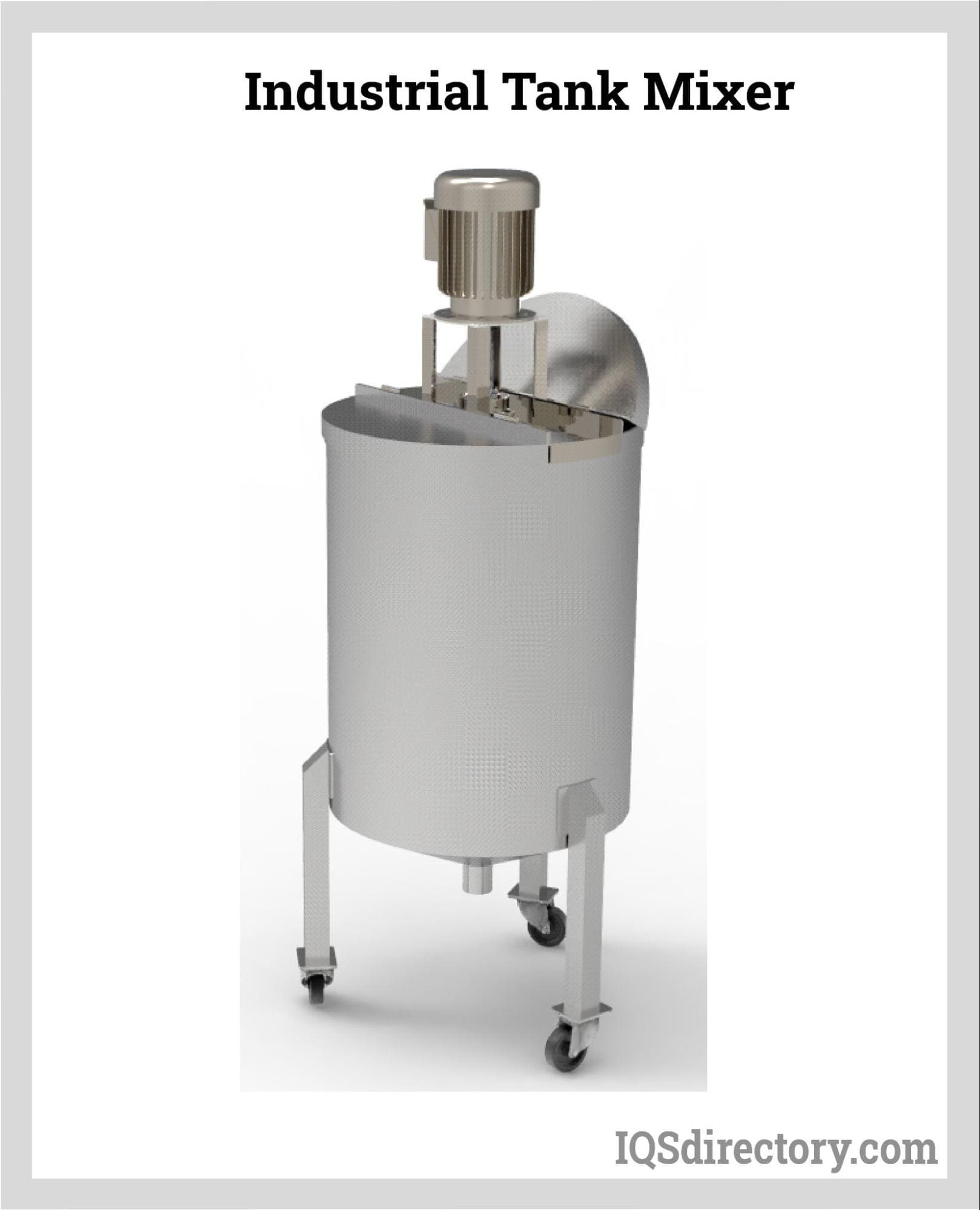
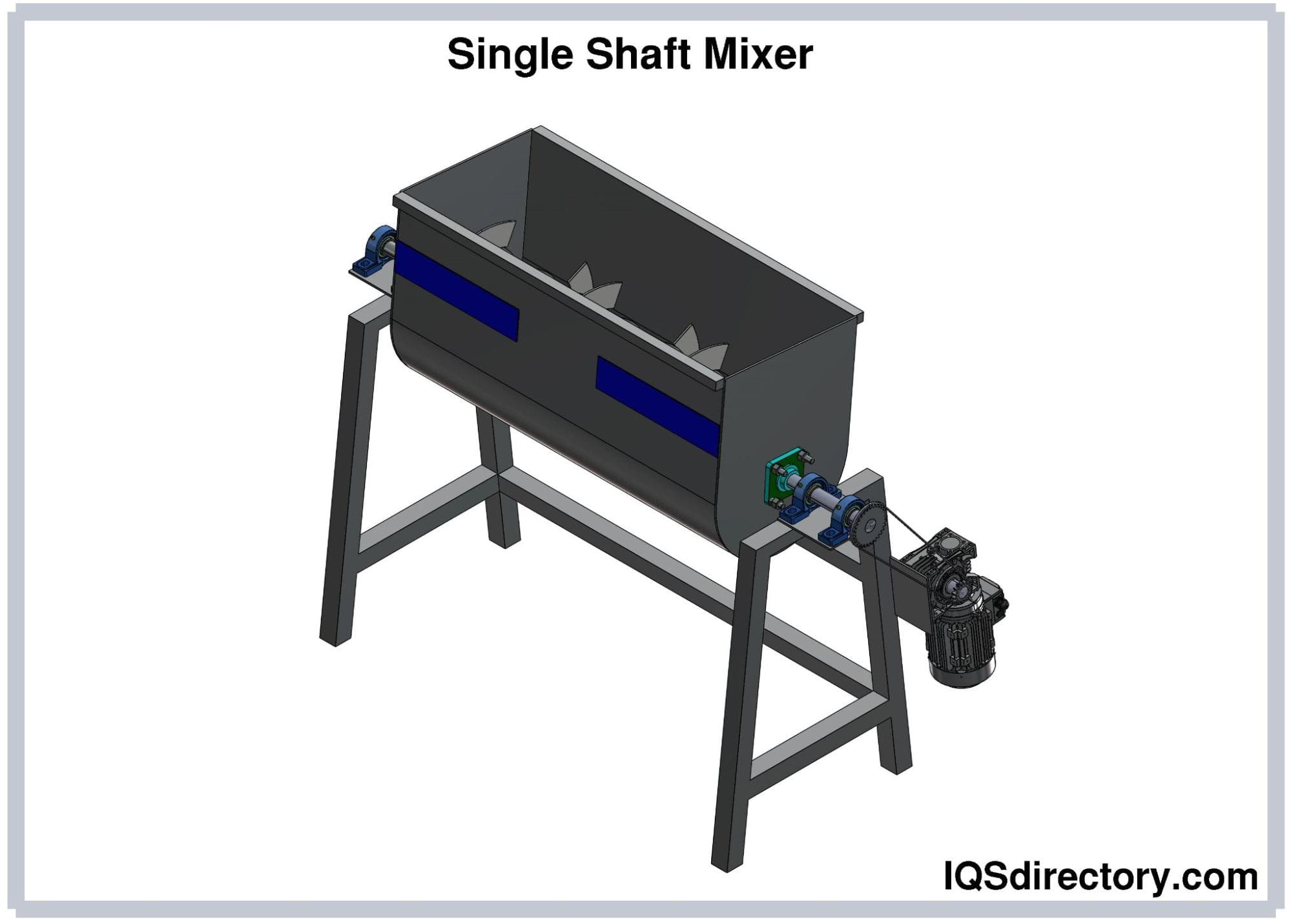
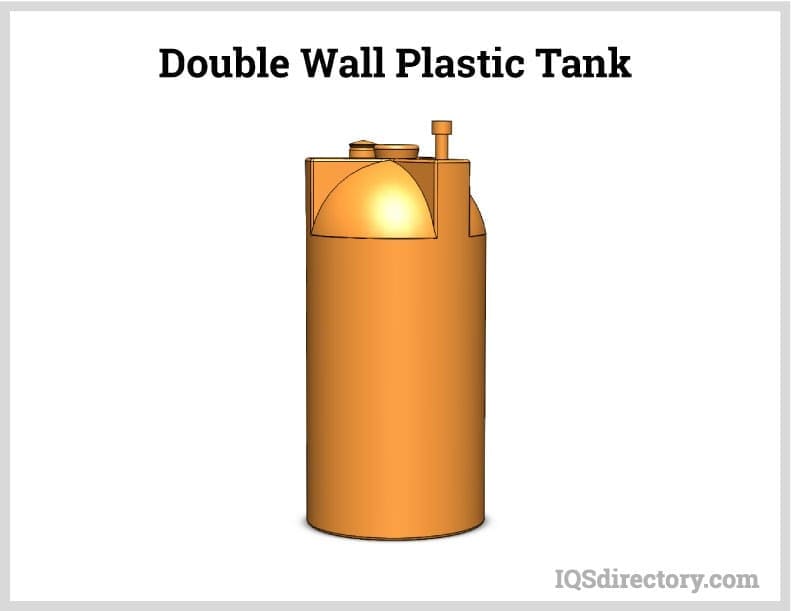
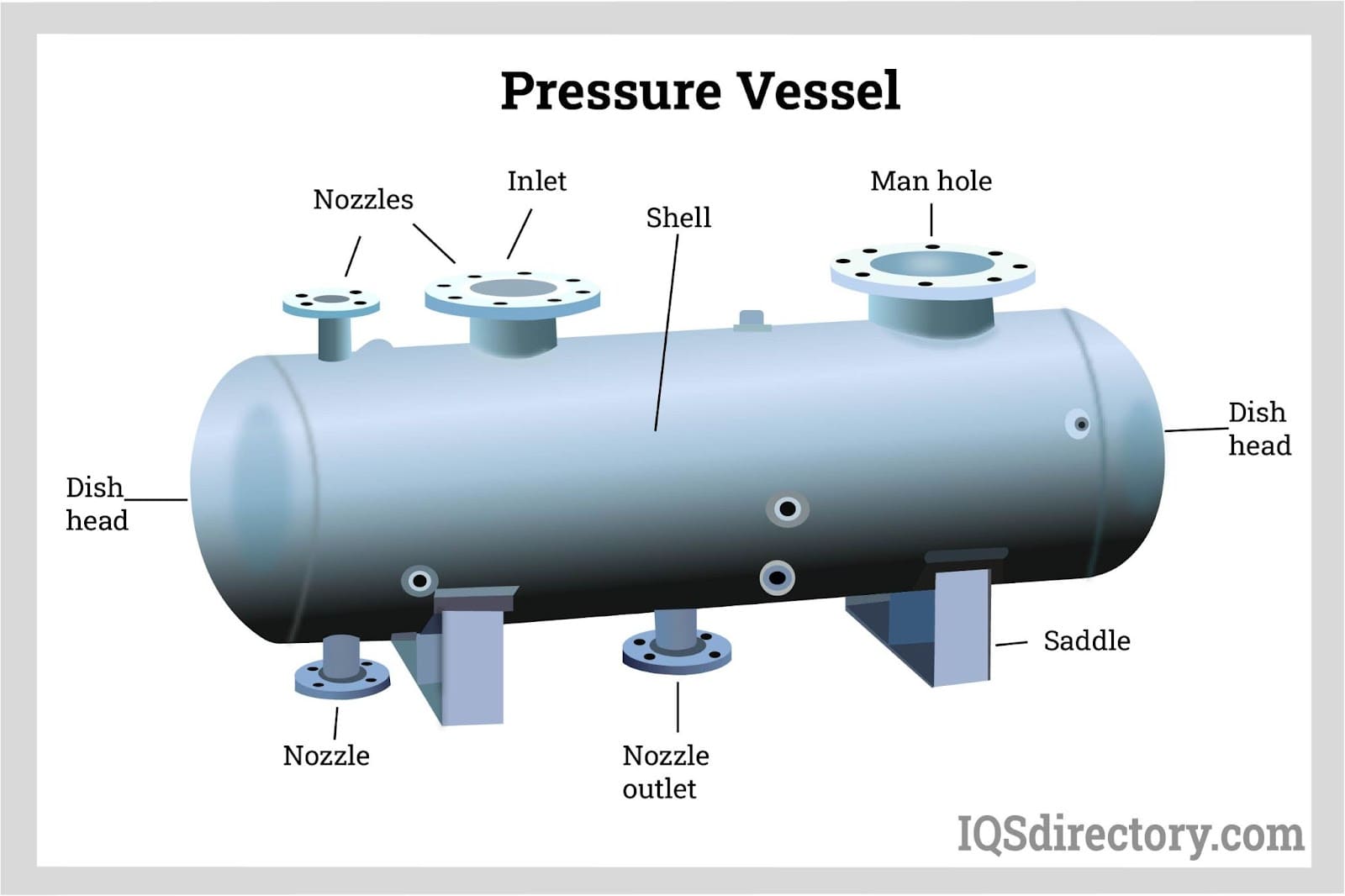
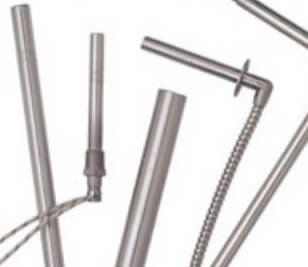 Electric Heaters
Electric Heaters Industrial Dryers
Industrial Dryers Industrial Mixers
Industrial Mixers Industrial Ovens
Industrial Ovens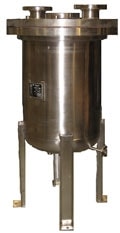 Pressure Vessels
Pressure Vessels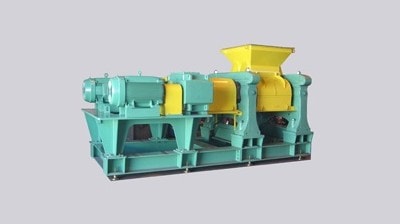 Pulverizers
Pulverizers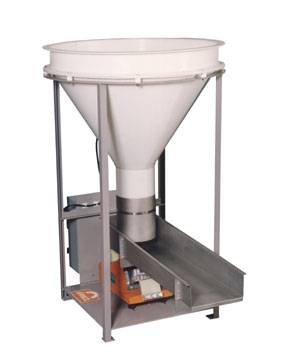 Vibratory Feeders
Vibratory Feeders Castings & Forgings
Castings & Forgings Bulk Material Handling
Bulk Material Handling Electrical & Electronic Components
Electrical & Electronic Components Flow Instrumentation
Flow Instrumentation Hardware
Hardware Material Handling Equipment
Material Handling Equipment Metal Cutting Services
Metal Cutting Services Metal Forming Services
Metal Forming Services Metal Suppliers
Metal Suppliers Motion Control Products
Motion Control Products Plant & Facility Equipment
Plant & Facility Equipment Plant & Facility Supplies
Plant & Facility Supplies Plastic Molding Processes
Plastic Molding Processes Pumps & Valves
Pumps & Valves Recycling Equipment
Recycling Equipment Rubber Products & Services
Rubber Products & Services